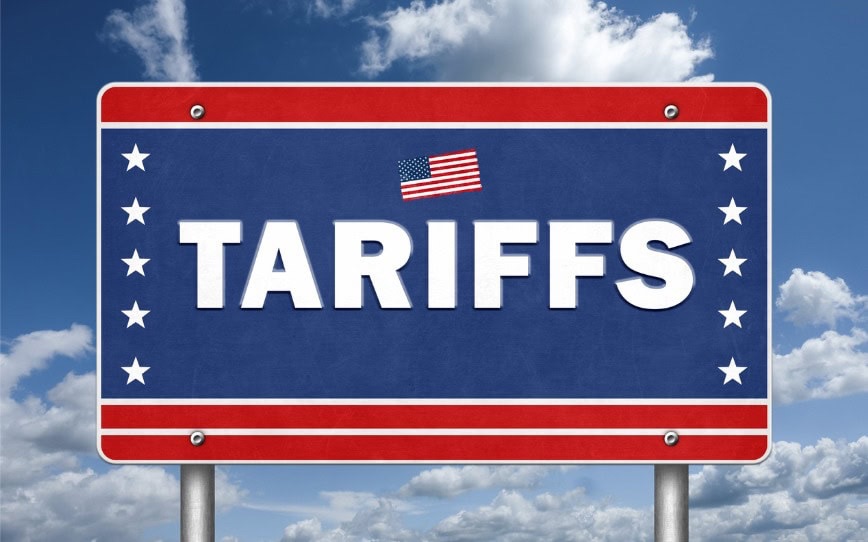
As global markets digest the latest wave of tariffs, attention is swiftly shifting back to the U.S. Federal Reserve and its ongoing battle against inflation. While trade restrictions impact supply chains and certain industries, the broader economic outlook remains firmly tied to the Fed’s monetary policy decisions. With inflation still above target and economic data sending mixed signals, the next steps by the Fed will be crucial in shaping market sentiment and economic stability.
Tariffs: A Temporary Distraction?
Recent tariff measures—whether aimed at protecting domestic industries or responding to geopolitical pressures—have created short-term volatility in markets. Investors have reacted swiftly, pricing in potential supply chain disruptions, cost increases for businesses, and retaliatory actions from trading partners. However, while tariffs can contribute to inflationary pressures by raising input costs, their long-term economic impact is often more muted compared to broader monetary policy moves.
With the initial market response to tariffs fading, investors are now refocusing on the core issue that has dominated economic discussions for over two years: inflation.
The Fed’s Inflation Challenge
Despite aggressive rate hikes throughout 2022 and 2023, inflation has remained stubbornly above the Fed’s 2% target. While some progress has been made, sticky inflation in services, persistent wage growth, and supply chain adjustments have kept price pressures elevated. The central bank faces a delicate balancing act—tightening too much could trigger a recession, while easing too soon risks reigniting inflation.
Recent data suggests inflation is proving more persistent than policymakers had hoped. Core inflation, which excludes volatile food and energy prices, remains elevated, signaling underlying pressures in the economy. Meanwhile, a robust labor market continues to fuel consumer spending, making it harder for inflation to cool significantly.
Market Expectations: Rate Cuts or Delays?
At the start of the year, markets were pricing in multiple Fed rate cuts in 2024, expecting a soft landing for the economy. However, stronger-than-expected inflation data and resilient job growth have led to a shift in expectations. Many investors now believe that the Fed will delay cuts until late 2024 or even 2025, keeping rates higher for longer to ensure inflation is firmly under control.
Fed officials have reiterated their data-dependent approach, emphasizing that they need to see sustained progress in inflation before easing policy. This stance has caused bond yields to rise, strengthening the U.S. dollar and putting pressure on equities, particularly in rate-sensitive sectors like technology and real estate.
The Path Forward
The interplay between tariffs and inflation will be closely watched in the coming months. While tariffs may add some upward pressure to prices, their overall effect will likely be secondary to core inflation trends driven by wages, demand, and monetary policy.
For the Fed, the challenge remains clear: ensure inflation is truly under control before considering rate cuts. If inflation proves more persistent than expected, the central bank may have to maintain its restrictive stance for longer, potentially slowing economic growth but avoiding the risk of a resurgence in inflation.
For investors, this means heightened volatility and a need for adaptability. The market’s focus will remain on key inflation readings, Fed commentary, and economic data releases. Until inflation convincingly trends downward, expectations of aggressive rate cuts will likely remain on hold, keeping financial conditions tighter and market uncertainty elevated.
